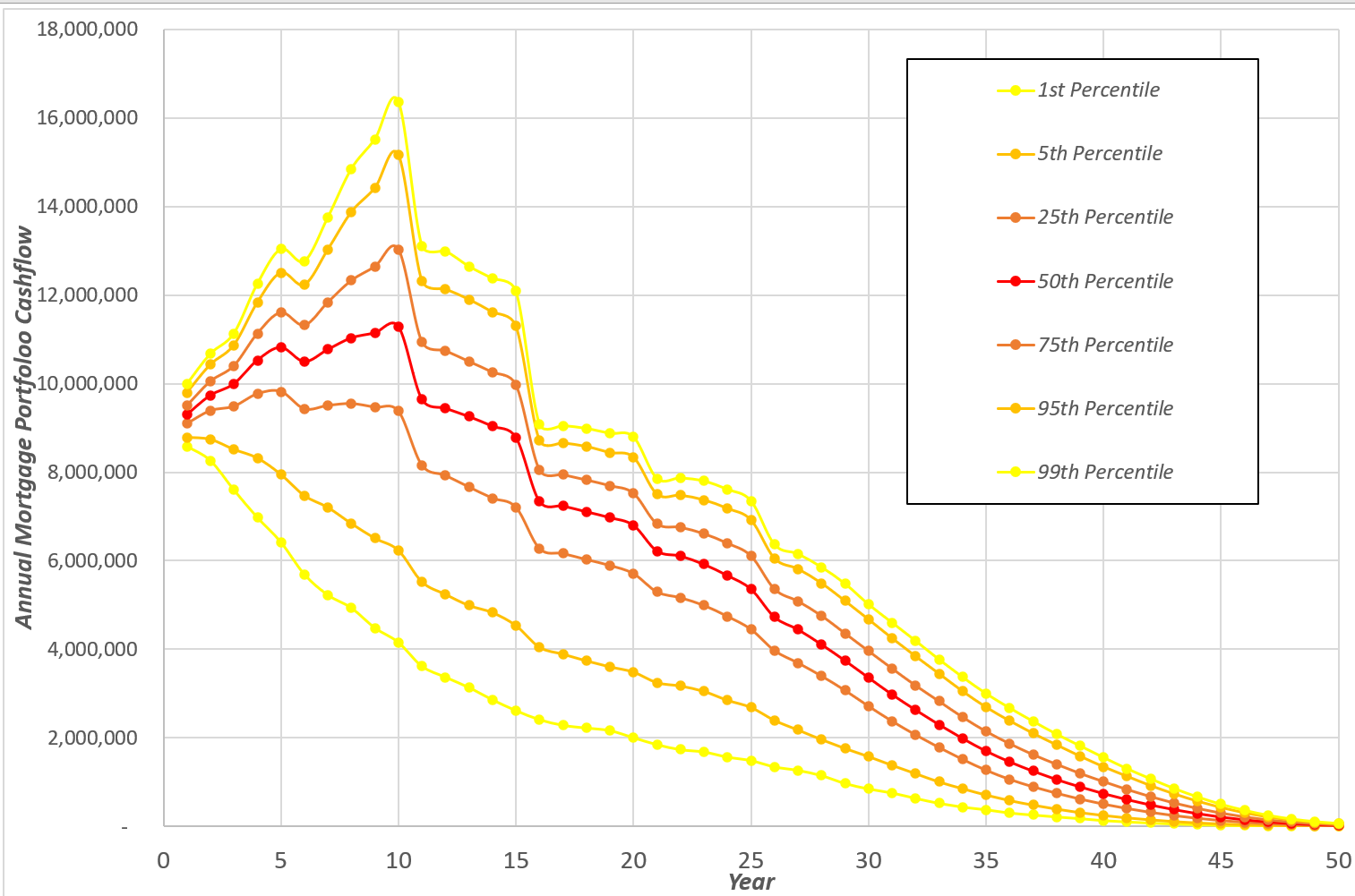
03 Jul 2020 A Valuation, Capital and Matching Adjustment Methodology for Equity Release Mortgages
The actuarial treatment of equity release mortgages has been one of my major areas of professional focus over the last year or so. I have participated in this field in a number of different roles – as a consultant to ERM-investing insurance firms; as an IFoA volunteer, where I have the privilege of being Chair of the IFoA ERM Working Party; and as a researcher who has authored a number of technical articles.
In each of these roles, I have been fortunate to have had many opportunities to exchange views and debate ideas with leading practitioners and thinkers in the field. Not all such exchanges result in instant and unqualified mutual agreement. But I know my own thinking has always benefited from such interactions, and I can only hope others feel similarly.
In recent months, I have worked on a paper that presents my own personal professional views on the way ahead in addressing some of the technical challenges that arise in the actuarial treatment of this complex, illiquid asset class. Part of this complexity arises because UK insurance firms tend to securitise their ERM portfolios. This materially increases the actuarial challenge: not only must we value and assess capital requirements for the mortgage portfolio, but also for its securitisations. Add on top of that the general requirements of SII Matching Adjustment, and ERM-specific Matching Adjustment requirements such as the PRA’s Effective Value Test, and we have a rather formidable array of actuarial tasks to accomplish.
The paper has focused on developing a methodology that can be applied throughout each of these distinct but related actuarial tasks in a way that can produce robust, transparent and consistent results at every stage – valuation of the mortgage portfolio; assessment of capital requirements for the mortgage portfolio; valuation of the securitisation tranches; assessment of capital requirements of the securitisation tranches; and the impact of MA on both liability valuation and the assessment of capital requirements.
I argue in the paper that this ambition necessitates a slightly more technically complex approach to the valuation of the underlying mortgages than tends to be implemented currently. But the pay-off from this investment is that the related tasks – particularly securitisation valuations – can then be made much more straightforward than current approaches tend to be. Whilst some of the ideas in the paper are quite distinct from current practices, I believe the proposed methodology will only require a quite incremental development of current implemented methods.
You can download the paper here. It is, perhaps inevitably, a bit longer than originally intended, but I hope the worked examples may prove useful in demonstrating the practicality of the proposed approaches. As always, I readily welcome feedback and I look forward to further developing these ideas by discussing them with you.
Craig

Pingback:The Mortgage-Implied Illiquidity Premium | Craig Turnbull FIA
Posted at 18:58h, 21 December[…] [1] See A Valuation, Capital and Matching Adjustment Methodology for Equity Release Mortgages | Craig Turnbu… […]